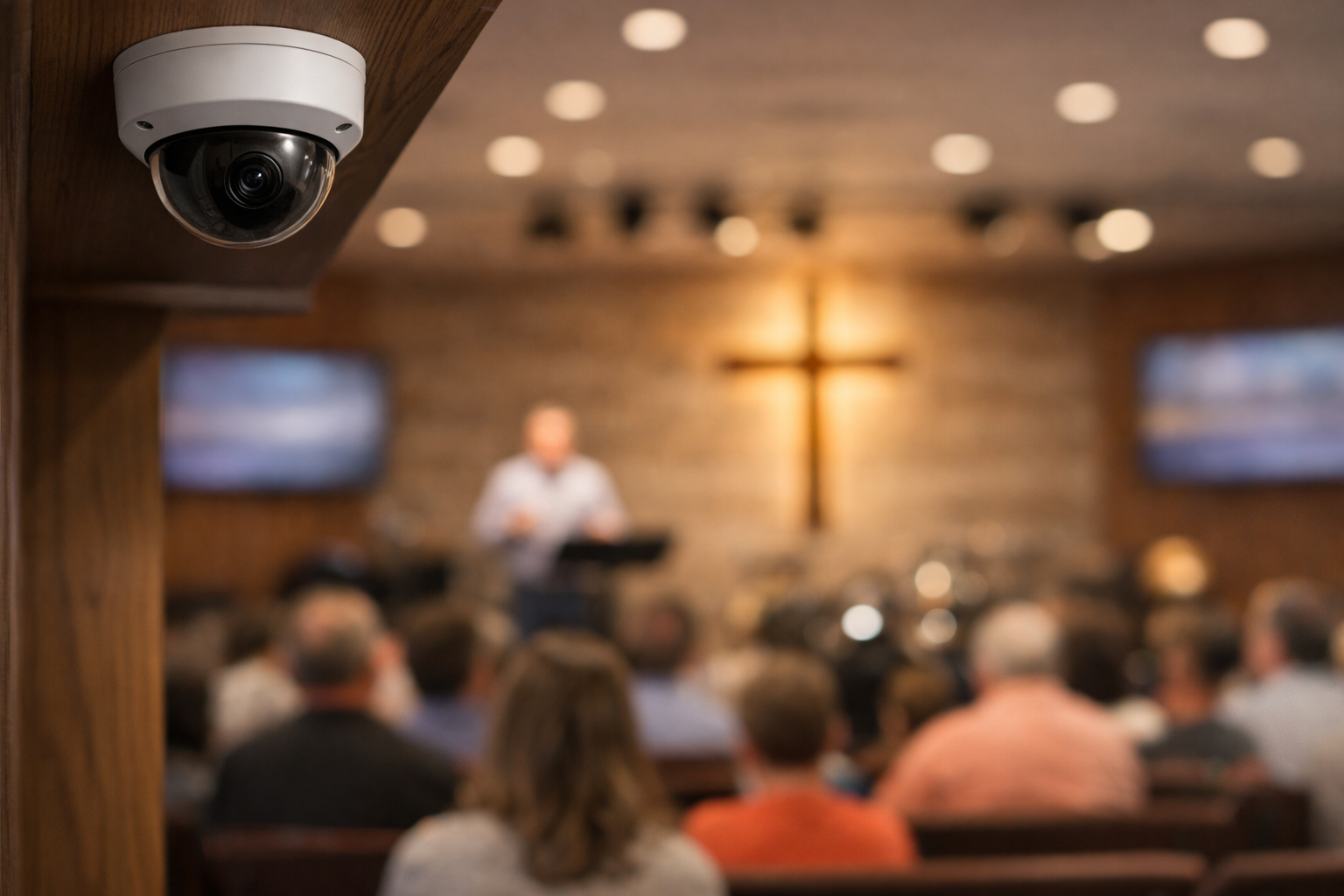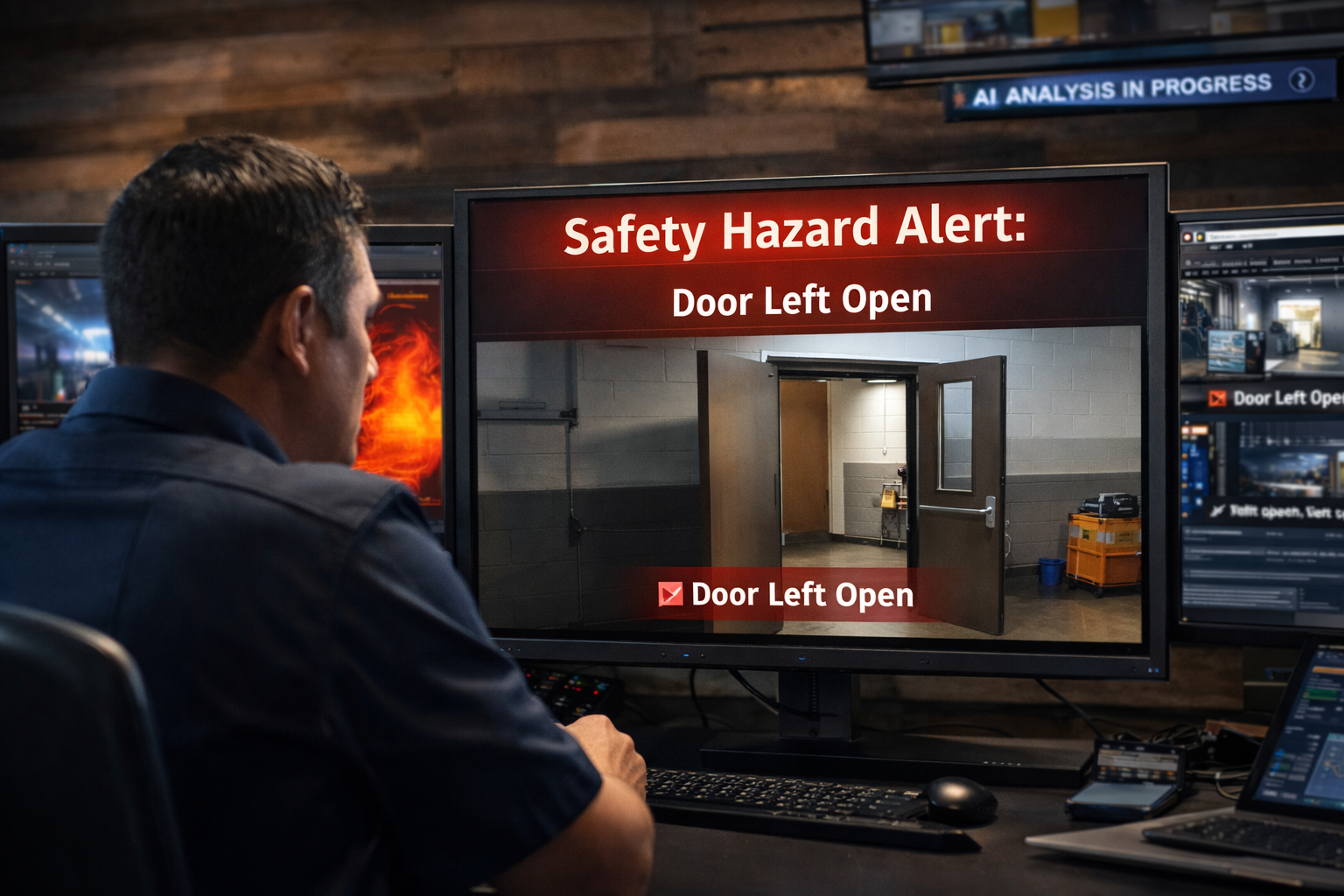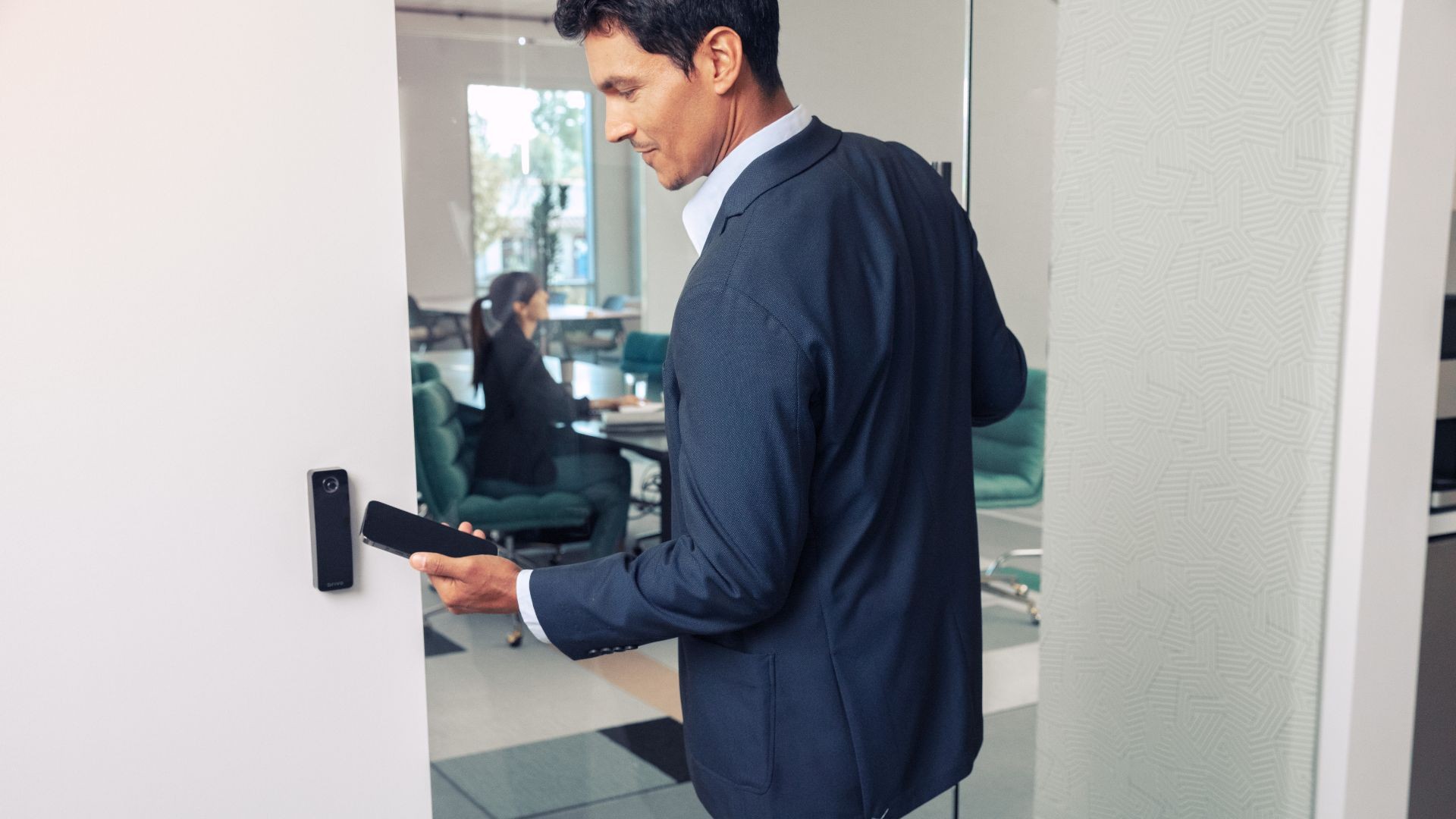The evolution of technology has brought about a seismic shift in how we approach physical security. No longer confined to static surveillance systems and manual access control, modern security solutions are becoming smarter, more integrated, and more adaptive to the dynamic needs of today’s businesses. A major force driving this change is the rise of open standards, which are transforming how security systems communicate and collaborate within smart buildings. At Hoosier Security, we’re at the forefront of this transformation, helping businesses leverage these advancements to meet new demands. Here’s how physical security is evolving.
1. The Shift Toward Smart Buildings
Smart buildings are no longer a futuristic concept—they’re a reality that’s shaping the present and future of security. The key to this transformation lies in open standards, which enable different systems within a building to interact seamlessly. From access control to lighting, HVAC, and even energy management, smart buildings use integrated systems to create more efficient and secure environments.
With open standards, physical security systems can now do more than just monitor who enters and exits a building. Access control systems, for example, are becoming part of a larger, interconnected network that optimizes building usage in real-time. As people move throughout a building, these systems can automatically adjust lighting, temperature, and security protocols based on occupancy data, creating a more efficient and responsive environment.
2. Converged Security Solutions
The adoption of open standards has paved the way for converged security solutions, where traditionally isolated systems such as video surveillance, alarm systems, and access control work together as a cohesive unit. This convergence allows for more intelligent monitoring and response. For instance, an unauthorized entry detected by an access control system could trigger not only an alarm but also a lockdown of certain areas, automatic surveillance camera focus, and adjusted lighting conditions, all in real-time.
This integrated approach enhances security while providing additional operational benefits. Businesses can now leverage security data to optimize space usage, monitor building performance, and even manage energy consumption. This convergence of systems creates smarter, more adaptable buildings that meet the growing needs of modern organizations.
3. Enhancing Flexibility and Adaptability
One of the most significant changes in the physical security landscape is the need for flexibility. The modern workforce is no longer tied to traditional schedules or workspaces. Hybrid work models, hot-desking, and flexible office environments are becoming the norm. Security systems must adapt to this new reality.
Open standards allow businesses to easily reconfigure access controls based on changing needs. Whether it’s granting temporary access to contractors, adjusting security protocols for flexible workspaces, or managing occupancy levels in real-time, modern security systems are built for adaptability. This flexibility ensures that businesses can maintain high levels of security without sacrificing convenience or efficiency.
4. Data-Driven Security
In addition to keeping people and assets safe, modern physical security systems are increasingly being used to gather data that can drive business decisions. According to recent reports, nearly half of organizations already use their access control systems to monitor building usage, and this trend is only growing. By analyzing data from badge scans and other access points, businesses can gain insights into how their spaces are being used throughout the day.
This data can inform decisions about space optimization, energy usage, and even staffing. For example, if certain areas of a building are consistently underused, businesses can adjust their heating, cooling, and lighting schedules accordingly. Similarly, if certain entry points see heavy traffic during specific times, businesses can deploy additional security or adjust access controls to improve flow and safety.
5. The Rise of Smart Access Control
Smart access control is at the heart of the modern security ecosystem. By integrating with other building systems, access control is no longer just about security—it’s about enhancing the overall building experience. Smart access systems can automatically adjust environmental conditions based on who is in the building and where they are located. They can also be integrated with employee scheduling systems to ensure that only those who are scheduled to work have access to certain areas at specific times.
The ability to integrate access control with other building management systems is one of the key trends shaping the future of physical security. And thanks to open standards, businesses are no longer locked into proprietary systems that limit flexibility. Instead, they can choose solutions that work together across platforms, providing the best possible protection while optimizing building performance.
Contact us today to learn how we can help your business adapt to modern demands.
The adoption of open standards in security technology is driving a new era of smarter, more integrated security solutions that adapt to the changing needs of businesses. From converged systems to flexible access control and data-driven insights, modern security is about more than just protection—it’s about creating intelligent environments that enhance both safety and efficiency. At Hoosier Security, we’re dedicated to helping businesses stay ahead of the curve by providing the latest in open-standard security solutions.









